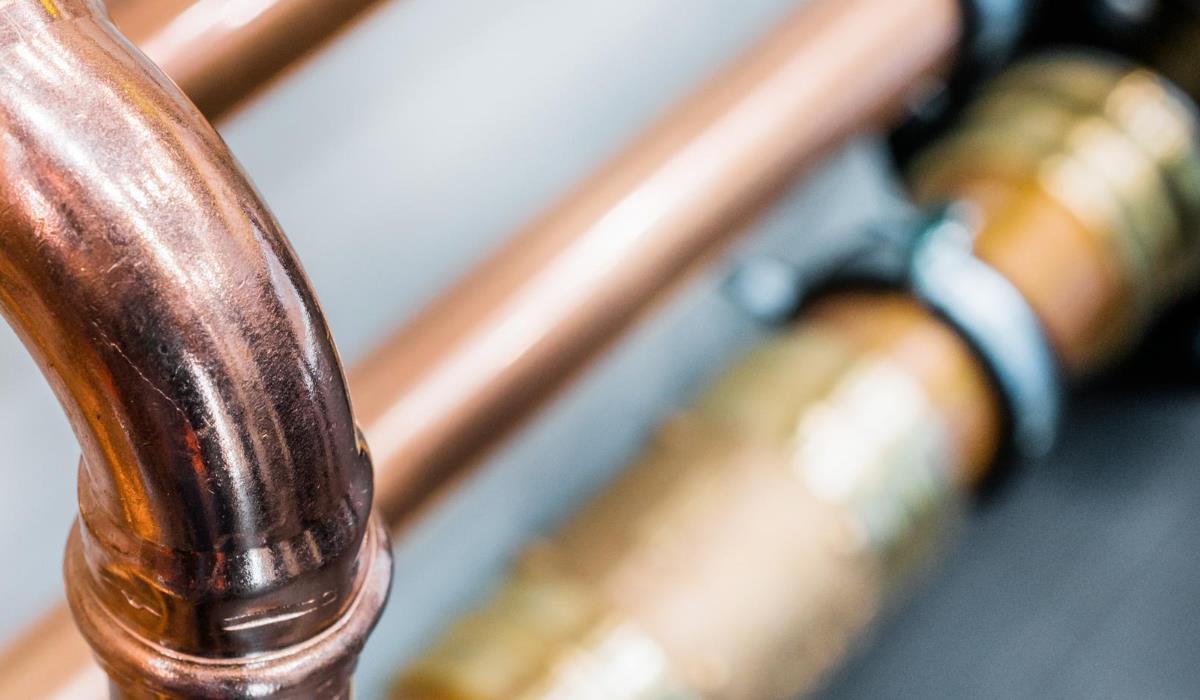Water is an extremely valuable resource that plays a key role in our everyday lives. From simple activities such as washing hands or preparing meals, to more complex tasks such as taking a shower or washing clothes – access to the right quality water at the right pressure is essential for comfort and hygiene. Unfortunately, in some cases, users may encounter too low water pressure in the installation, which can significantly impede everyday functioning.
Therefore, understanding the causes and searching for effective solutions in the event of low water pressure becomes an important element in maintaining the optimal functioning of the entire water and sewage system. In this article we will look at the main causes of low water pressure. Their potential effects and effective solutions that can help restore optimal pressure and ensure uninterrupted operation of the entire water and sewage system.
Correct pressure in the water system
What should the water pressure be? The correct level of pressure in the water installation is crucial to ensuring the smooth functioning of the entire water and sewage system. The optimal water pressure in the installation depends on local norms and standards and the type of building or infrastructure. However, generally accepted guidelines indicate the water pressure range is usually between 2 and 6 bar. These values can be adjusted depending on specific needs and applications. In residential buildings, a pressure level of approximately 2.5 to 4 bar is typically assumed. For water installations in places where higher pressure is required, e.g. hotels, this value may be higher and up to 6 bar.
It is worth noting that a pressure level around 4 bar is often considered optimal. These values allow for a balance between efficient water use and minimal energy consumption. In practice, maintaining the water pressure at a level close to 4 bar can contribute to improving the quality of everyday use of the water installation. It is worth remembering that too high pressure in the water system may also be problematic, leading to excessive water consumption, damage to devices and installations, and potential leaks. Properly maintaining and monitoring the pressure in the water system are important elements of ensuring its reliability and efficiency.
Water pressure level measurement

Measuring the water pressure level allows you to check whether the installation is working properly. This is a relatively simple step to perform. A pressure gauge is used for this purpose. Pressure gauges are used in various fields, from domestic water installations to industry and engineering. They enable control over the condition of the installation, detection of leaks, adjustment of parameters to the needs of users and identification of possible problems in the system at an early stage.
Water pressure too low
Too low water pressure in the water system can be frustrating and negatively affect the functioning of everyday activities. There are several potential causes of low water pressure to consider:
- leaks around the meter – leaks or leaks, especially around the meter or inside the pipes, may cause pressure loss. These leaks can be difficult to detect at an early stage, especially if they are in hard-to-reach places.
- sediments accumulated in pipes – over time, the internal structure of pipes may be exposed to the accumulation of sediments. These sediments often accumulate in places with a reduced cross-section. This can restrict water flow and lead to a drop in pressure. Regularly flushing or cleaning your pipes can help maintain proper water flow
- incorrect valve adjustment – valves in the installation, such as the main valve or control valves, can affect the water pressure. Improperly adjusted valves can restrict flow and result in low pressure throughout the installation
- clogged faucet or shower faucet – dirt or sediment can collect in faucets or shower faucets, resulting in reduced water flow and a drop in pressure. Cleaning and maintaining these components can help restore proper water pressure
- dirty mechanical filters – mechanical filters or strainers placed in the installation are designed to retain impurities and sediments. If these filters are not cleaned or replaced regularly, they can become clogged and restrict water flow
- pipe damage – damaged pipes, such as cracks or corrosion, can lead to leaks and pressure drops. These leaks not only affect water loss, but can also cause a pressure drop in the system. Pipe damage may be the result of the age of the installation, improper use or external factors such as frost
Low water pressure in the installation – effects

Too low water pressure in the water system may lead to various effects that negatively affect the comfort of use and the functioning of the entire water and sewage system. Here are some of the potential effects:
- insufficient water flow – too low pressure can lead to limited water flow from the taps. Which will make it difficult to perform basic activities such as filling dishes, washing hands or washing dishes.
- problem with appliances – appliances such as a washing machine, dishwasher or boiler may require adequate water pressure to function properly. Low pressure can affect the performance of these devices, extending their operating time.
- interruptions in water supply – in the event of a drastic drop in pressure, the installation may not supply water, leading to interruptions in supply. This seriously disrupts the functioning of the household.
- increased water consumption – in order to compensate for low pressure, users may unknowingly extend the time the taps are open, leading to increased water consumption.
- decreased comfort of everyday use – generally speaking, low water pressure reduces the comfort of everyday use of the water system, leading to frustration and loss of comfort.



